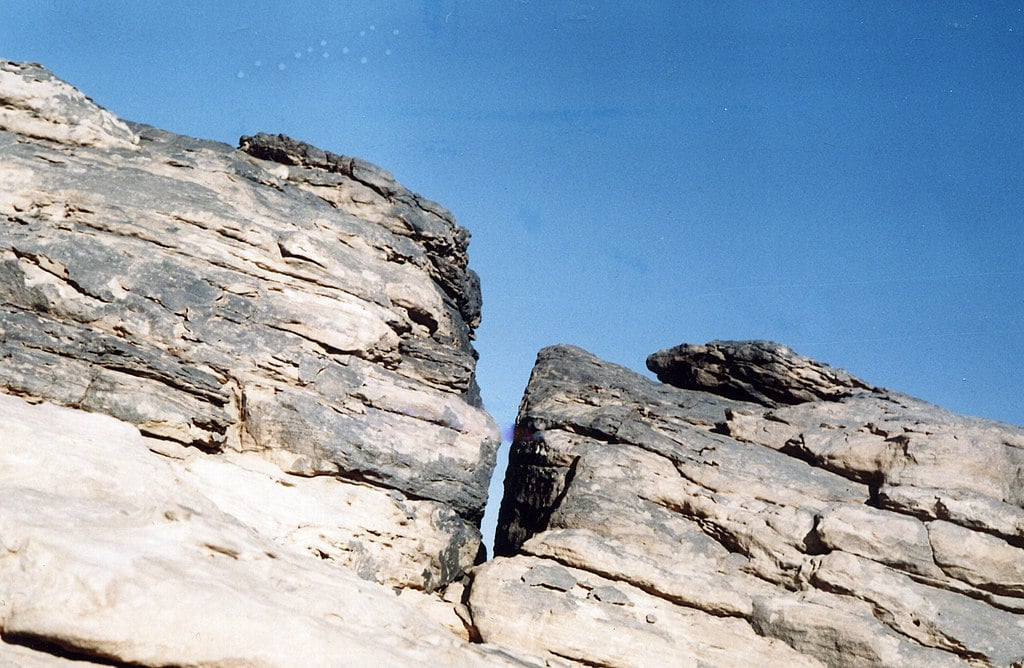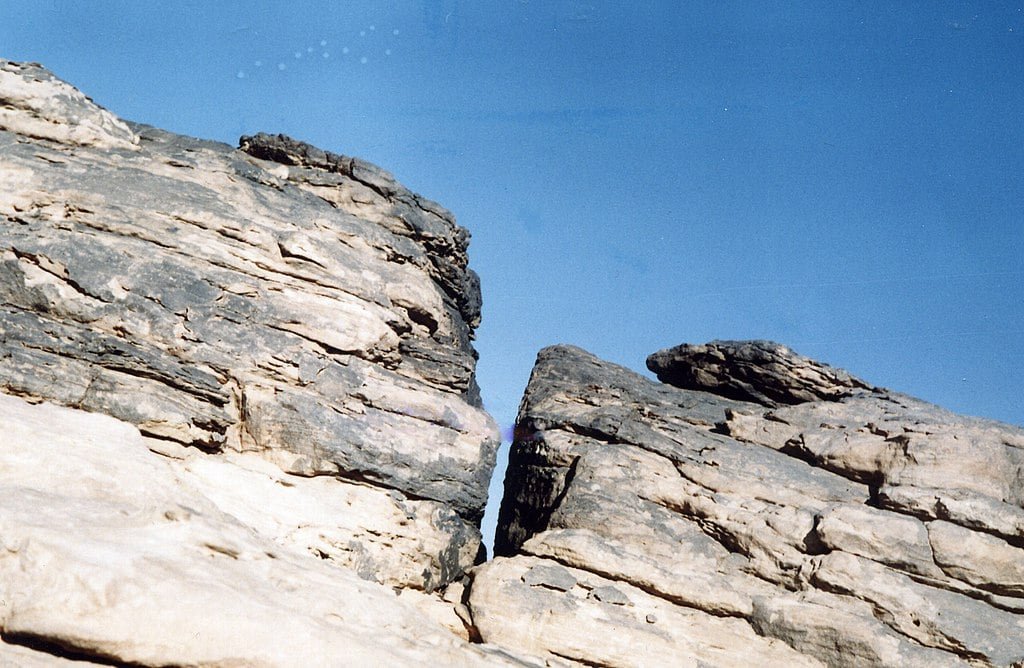
Authorities in southern Libya have uncovered a prehistoric rock art site believed to be as much as 10,000 years old, following a report from a resident who spotted unusual engravings on rock faces in the Al-Hasawna Mountains, near Wadi Mubarak.
The discovery has sparked major archaeological interest and led to immediate protective action by Libyan officials. The markings were first brought to the attention of the Sabha branch of the Tourist Police and Antiquities Protection Agency.
A formal investigation was launched soon after, with the Public Order Prosecution in Sabha and the Fezzan Antiquities Authority notified to oversee the site’s examination.
An investigation team assembled by the national and local authorities
Under the direction of Major General Al-Sanousi Saleh Al-Sanousi, head of the Tourist Police and Antiquities Protection Agency, and the Director of the Public Order Prosecution, a joint inspection team was assembled.
The delegation included officers from the Tourist Police in Sabha and Wabari, expert archaeologists from the Fezzan Antiquities Authority, the Head of the Archaeology Department at Sabha University, and representatives from the Brak Al-Shati Security Directorate.
Rock engravings show multiple phases of prehistoric art
Initial analysis by archaeologists confirmed that the site contains numerous rock engravings spanning key phases of Saharan prehistoric art. These include the Round Head, Buffalo (also referred to as Bovidian), Camel, and Horse periods—each marking distinct eras in the artistic and cultural evolution of the region.
Experts say the carvings provide rare insight into the lives, beliefs, and environment of ancient communities that once inhabited the central Sahara.
The artworks depict a range of figures, animals, and symbolic forms that are consistent with other known rock art sites across the Libyan desert, though the newly uncovered engravings are considered exceptionally well preserved.
Authorities move quickly to protect the archaeological site
In response to the findings, authorities moved quickly to secure the area of Jabal al Hasawna. Patrol units from the Southern Region Tourist Police and Antiquities Protection Agency have been deployed to guard the site and prevent potential looting or vandalism. Legal procedures are also being pursued to designate the location as a protected cultural heritage zone.
This discovery adds important new material to the broader understanding of North African prehistory. It also highlights the need to protect Libya’s archaeological legacy amid increasing threats from development and illegal excavation.
Officials have not yet announced whether the site will be opened to researchers or the public in the near future. For now, the focus remains on preservation and documentation.


